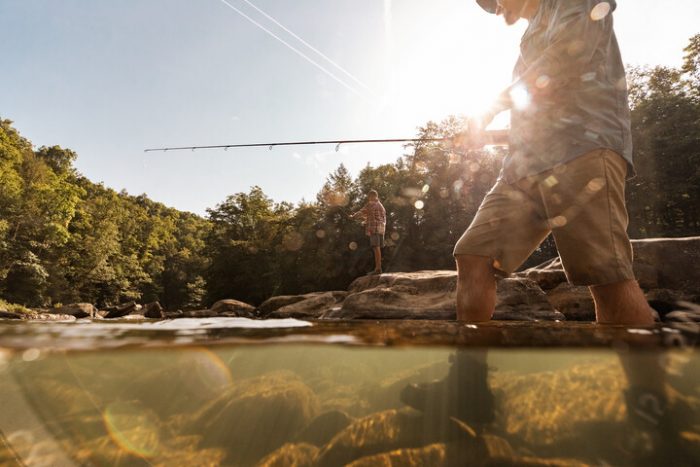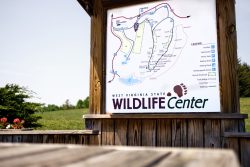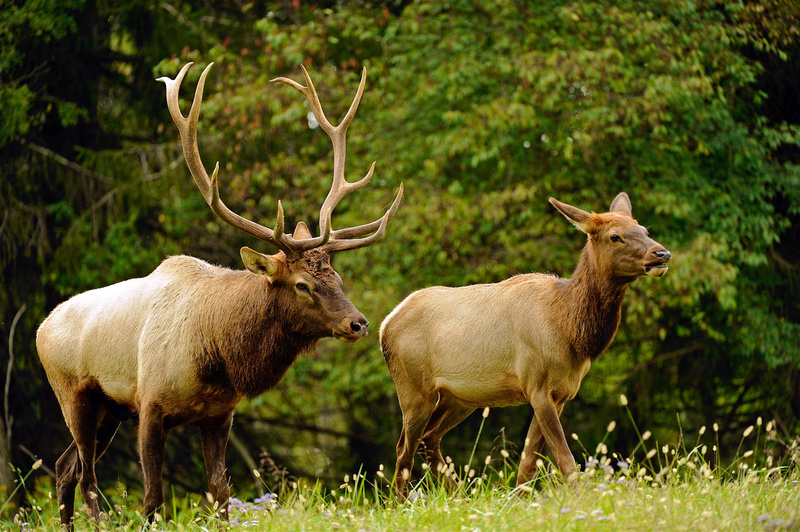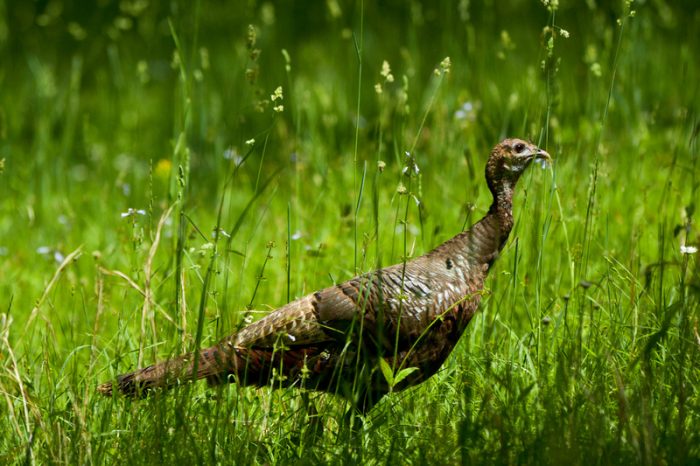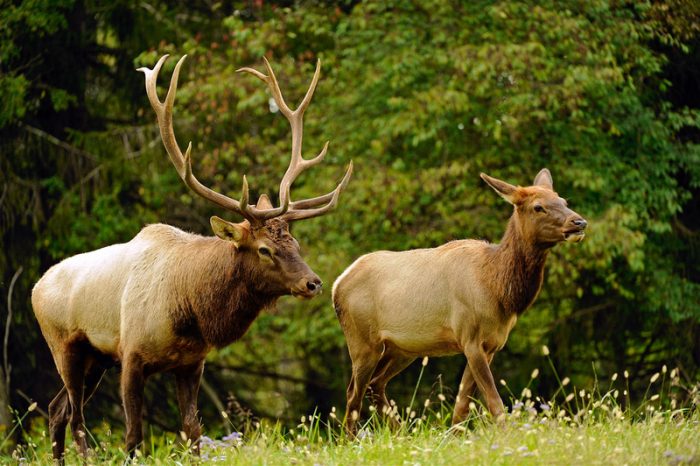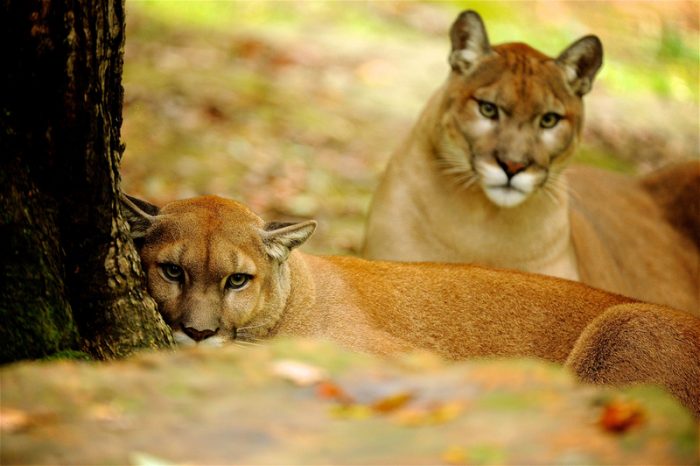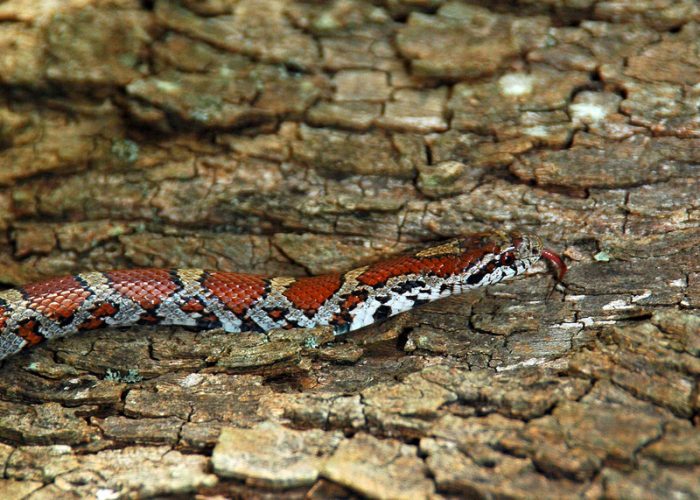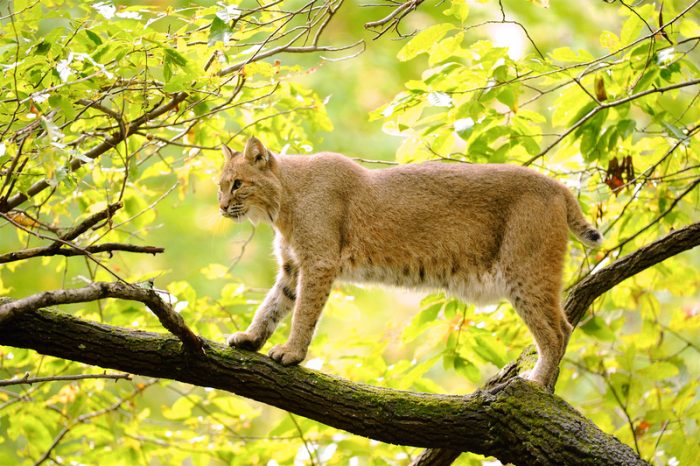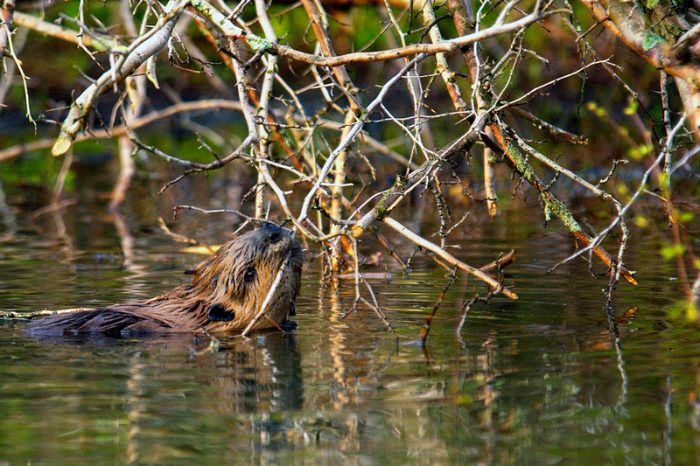Observing wildlife in their habitat is one of the best ways to enjoy the outdoors and learn about West Virginia’s abundant natural resources. And the good thing about West Virginia is that you don’t have to go far to see wildlife. So, if you want to teach your kids about wildlife or get in touch with nature, plan a wildlife observing adventure. Here aresome basics to keep in mind.
Where can I safely observe wildlife?
Whether you look for wildlife in the woods or watch birds and other critters in your backyard, there are plenty of places you can see the state’s abundant wildlife in action:
- City, county and regional parks and nature areas
- State parks and forests
- National parks, forests, rivers, recreational areas and wildlife refuges
- Scenic trails
- Wildlife management areas
- Nature preserves
- Private land (always get permission from landowners)
What do I need to observe wildlife?
Observing wildlife is easy, accessible and doesn’t require a lot of special equipment or expertise. To get started, all you need is a watchful eye. But if you want to make the most of your experience, here are a few things we would put in our wildlife observing backpack:
- Maps
- Compass
- First aid kit
- Insect repellant
- Snacks and water
- Binoculars and spotting scope
- Field guides
- Journal
- Camera
What you wear is also important. You’ll want to wear comfortable clothing that doesn’t have any bold patterns or bright colors that could scare wildlife. Watch the forecast and dress in layers to keep you warm and dry in the event of rain or chilly weather. A hat, sunglasses and sunscreen will protect you from the sun and a good pair of walking shoes, high-quality socks and a walking stick or hiking poles are all worthy investments.
What time of year is best for observing wildlife?
West Virginia has four distinct seasons and while some animals are more active than others at certain times of the year, there is always wildlife to be seen. Most wildlife species are most active early in the morning or at dusk. Many other animals are nocturnal, so do some research and learn about behavior patterns for the wildlife species you want to see. You’ll also improve viewing success by knowing a wildlife’s preferred habitat.
One other important thing to remember is to be aware of any hunting season that may be open and to dress accordingly. That means wearing at least 400 square inches of blaze orange during the buck firearms season in the fall.
What safety tips should I remember when observing wildlife?
- Don’t travel in large noisy groups
- Observe, but do not disturb
- View wildlife from a safe distance
- Never feed wildlife, except for backyard bird feeders
- Don’t use recorded calls to attract wildlife
- Never get between a female animal and its young
- Leave abandoned wildlife alone
- Consider leaving dogs at home
- Bring home any leftover food, scraps and food wrappers
- Don’t drink untreated water
- Don’t eat any unidentifiable berries
- Stay on established trails
- Let someone at home know where you plan to go and when you plan to return
Protect West Virginia’s Wildlife
As you observe wildlife in West Virginia, make sure you to practice the below guidelines.
- Plan ahead and prepare
- Travel and camp on durable surfaces
- Dispose of waste properly
- Leave what you find
- Minimize campfire impacts
- Respect wildlife
- Be considerate of other visitors


